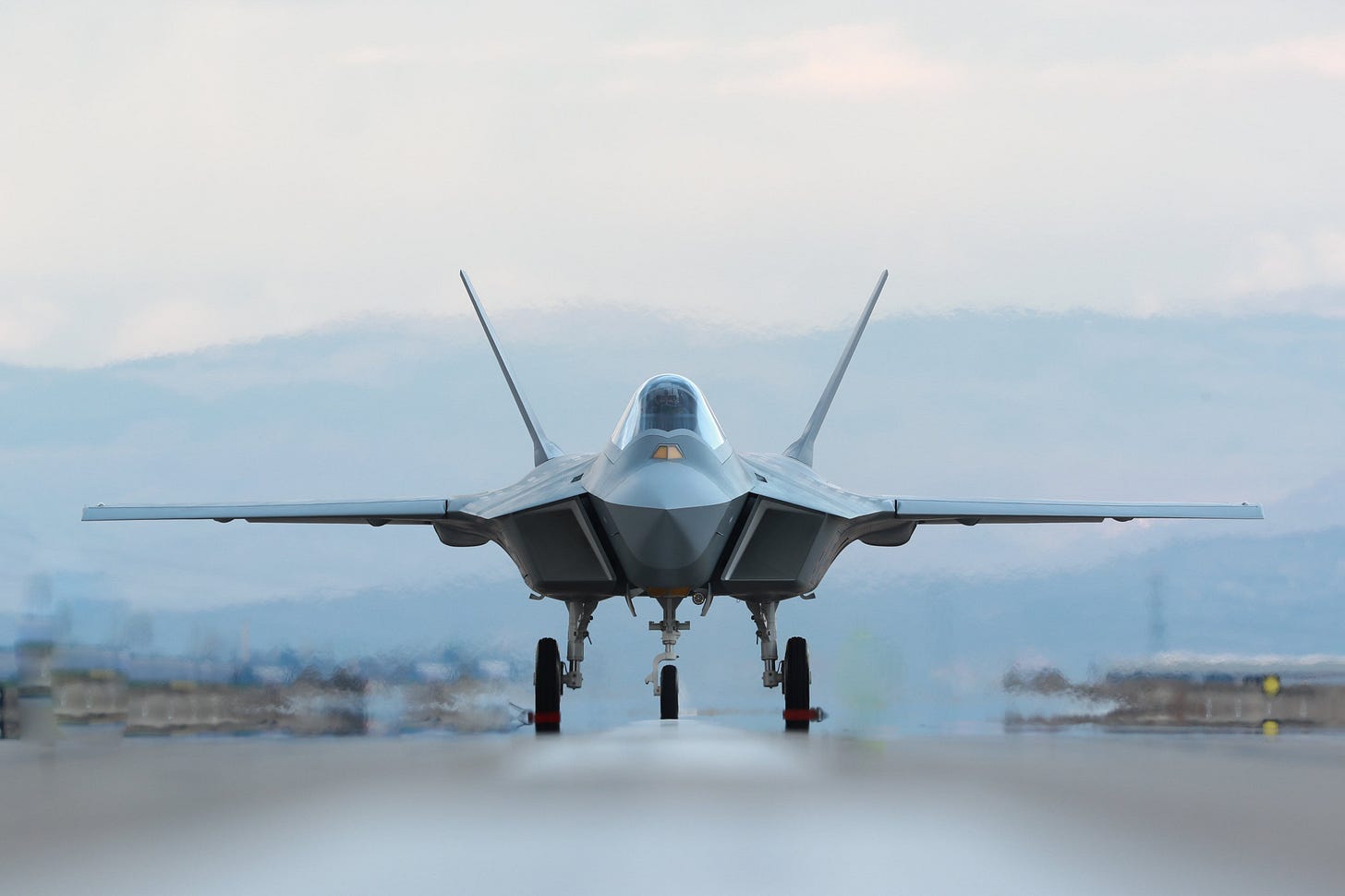LunarTech Weekly: From Autonomous Robotics to Geopolitical Frontiers
LUNARTECH | Linkedin Vahe | Linkedin Tatev | Youtube LunarTech | X Vahe | X Tatev
AI’s Role in Widening Global Inequality
AI’s rapid growth is concentrating wealth and power among a few corporations and high-income nations, deepening global inequality. Automation threatens up to 30% of jobs by 2030, with low-skill workers in poorer regions most at risk due to limited retraining resources. The AI R&D ecosystem is dominated by tech hubs in the US and China, erecting barriers for smaller players and trapping developing countries in a cycle of dependency. High costs of training large models and lack of digital infrastructure widen the knowledge divide, preventing equitable participation. Geopolitically, AI advances reinforce the dominance of leading powers while others become reliant on imported technology. To counteract these trends, the article advocates for investments in education, open-source AI, infrastructure development, universal basic income, and international regulatory frameworks for ethical AI.
Figure 02 and Helix AI: A Leap Toward Autonomous Humanoid Robotics
Figure AI’s new Figure 02 humanoid robot, powered by the Helix Vision-Language-Action (VLA) model, can autonomously perform complex tasks such as sorting, flipping, and flattening packages. The robot’s hardware upgrades include six RGB cameras, a 50% larger battery for 10-hour runtime, NVIDIA RTX GPUs, and hands with 16 degrees of freedom capable of lifting 25 kg. Helix AI combines a 7B-parameter Vision-Language Model for high-level reasoning with an 80M-parameter visuomotor policy for real-time control at 200 Hz. In logistics demos, Figure 02 sorted packages 20% faster than its predecessor with a 95% success rate, thanks to features like Sport Mode and stereo vision. Partnerships with BMW, UPS, and potential clients like Amazon underscore its commercial viability, while plans are underway for residential alpha tests in late 2025. Despite its promise, challenges remain around home-environment adaptability, affordability, and societal impacts of widespread humanoid deployment.
Apple’s M4 Mac Mini Hits Record-Low Price Alongside Other Tech Deals
On June 20, 2025, Apple’s compact M4 Mac Mini saw its lowest-ever discounts: the 512 GB/16 GB RAM model at $689 and the 256 GB/10 GB RAM model at $469. Powered by the new M4 chip, the 5×2-inch desktop delivers impressive performance in benchmarks like 4K video exports. It offers three Thunderbolt 3 ports, HDMI, Ethernet, two USB-C ports, and a headphone jack, but lacks legacy USB-A. The sale also includes Powerbeats Pro 2 earbuds at $199.95 with fitness-focused sensors, Arlo Essential Security three-packs at $119.99, and Marshall Emberton III speakers at $149.99. These deals enhance accessibility for creatives, fitness enthusiasts, and home-security seekers, though buyers should consider setup costs and platform preferences.
Swedish PM Calls for Pause on EU’s AI Act, Citing Regulatory Confusion
Swedish Prime Minister Ulf Kristersson urged a temporary halt to the EU’s AI Act rollout, arguing its technical standards are still unresolved. Announced on June 23, 2025, he plans to raise these concerns at the European Council in Brussels. The 2024 legislation classifies AI by risk, imposing strict rules on high-risk systems, but relies on yet-to-be-finalized guidelines in cybersecurity, data governance, and risk management. Kristersson warned that ambiguity could stifle SMEs and undermine Europe’s competitiveness against the US and China. His call aligns with similar reservations from the Czech Republic, Poland, and EU tech chief Henna Virkkunen. While a pause could refine standards and ease compliance, it risks weakening the EU’s position as a global AI regulatory pioneer.
It’s Not the People.
Talent exists everywhere, but opportunity depends on systems’ ability to recognize and nurture it. Nations that thrive invest in education, allow experimentation, and reward contributions regardless of origin. The United States exemplifies this approach by leveraging migrant innovators like Elon Musk to drive industries and technologies. Historical cases such as Armenian engineer Artem Mikoyan’s impact on Soviet aviation further illustrate how inclusive systems foster breakthroughs. Blaming migrants distracts from the need to reform institutions to harness human potential effectively.
Armenia’s Strategic Response to Azerbaijan’s Acquisition of JF-17 Thunder Jets
Azerbaijan’s $4.6 billion order for 40 JF-17 Block III fighters from Pakistan, announced June 6, 2025, shifts the South Caucasus military balance. The cost-effective, 4.5-generation jets feature AESA radar, modern avionics, and a 3,400 kg ordnance capacity, delivered from September 2024. Armenia, fielding just four Su-30SMs with waning Russian support, now faces a ten-to-one numerical disadvantage. To counter, Yerevan is exploring India’s Su-30MKI acquisitions, upgrading existing Su-30SMs, and bolstering air defenses with India’s Akash-1S SAM system. It is also diversifying partnerships with France, India, and Iran to reduce Russian dependence. Diplomatic efforts aim to enforce peace terms and mitigate tensions over the contentious Zangezur corridor.
Meta Unveils Oakley Smart Glasses with Advanced Features for Athletes
On June 20, 2025, Meta and Oakley introduced the $499 Meta HSTN smart glasses—featuring a 3K front-facing camera, open-ear audio, Meta AI integration, and IPX4 water resistance. Pre-orders for the limited HSTN model begin July 11, 2025, while other frames start at $399 later this summer. Battery life is eight hours on-device, extendable to 48 hours with the charging case. The glasses offer real-time translation, contextual AI assistance, multiple lens options, and prescription compatibility. Available in 15 countries, the launch leverages Meta’s success with Ray-Ban eyewear and EssilorLuxottica’s manufacturing scale. Athletes and content creators stand to benefit, though premium pricing and privacy safeguards will be key to adoption.
KAAN: Turkey’s Fifth-Generation Fighter Jet Set to Redefine the Global Aerospace Frontier
KAAN, Turkey’s indigenous fifth-generation fighter jet born from its F-35 exit, embodies the nation’s push for defense autonomy. The 21 m, stealth-profile aircraft, powered by twin GE F110 engines (with domestic engines planned by the early 2030s), achieves Mach 1.8 supercruise. It features internal weapons bays, a 10 ton payload, AESA radar (MURAD), AI-enhanced avionics, and the TULGAR helmet system. After a successful maiden flight on February 21, 2024, six prototypes are scheduled for testing through 2026, with first deliveries of 20 jets to the Turkish Air Force in 2028. International collaboration includes Azerbaijan as initial operator and Pakistan for subsystem production, drawing interest from Gulf and Asian partners. The program redefines defense cooperation by transforming buyer nations into co-creators, fostering sovereign aerospace industries.
Editor’s Note
Thank you for your patience while we worked closely with our partners to resolve recent issues—your support has been invaluable. We’re thrilled to share that we’ve fully restored our publishing capabilities, and we’re deeply grateful to everyone who collaborated with us to make this possible.
Over the past weeks, we’ve taken important steps forward at LunarTech. You’ll now find us across multiple new media channels, where we’re showcasing exciting deep-tech developments. We’ve published a wealth of AI and software-development resources, including eight-hour and six-hour expert-led courses and practical handbooks to help you leverage AI in real-world scenarios. Looking ahead, LunarTech is in a strong position to build groundbreaking products that will redefine industry standards.
Thank you for staying with us on this journey. We welcome your questions and recommendations—please don’t hesitate to reach out. Until next time!













